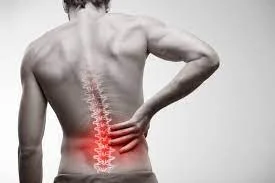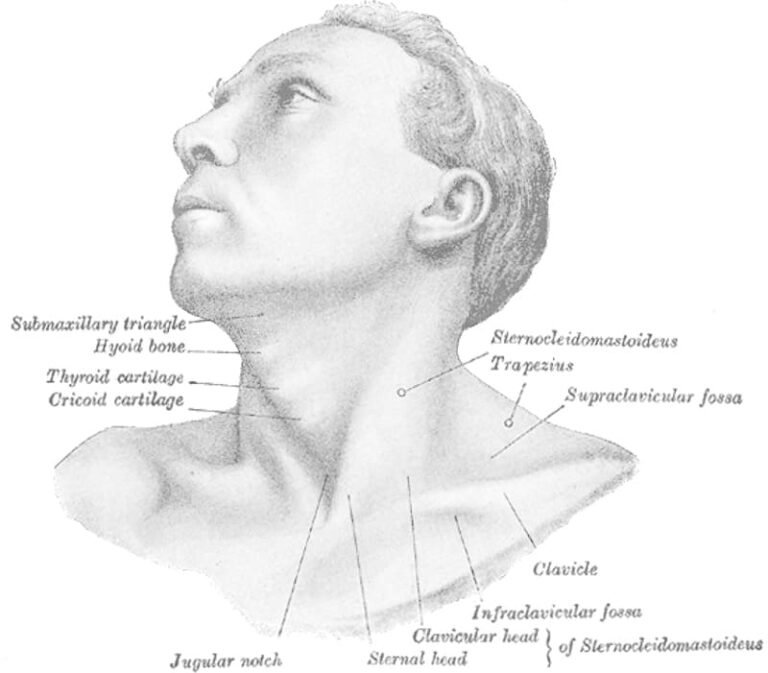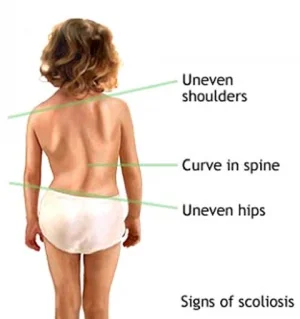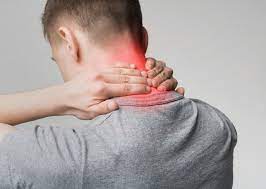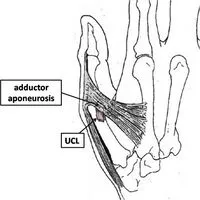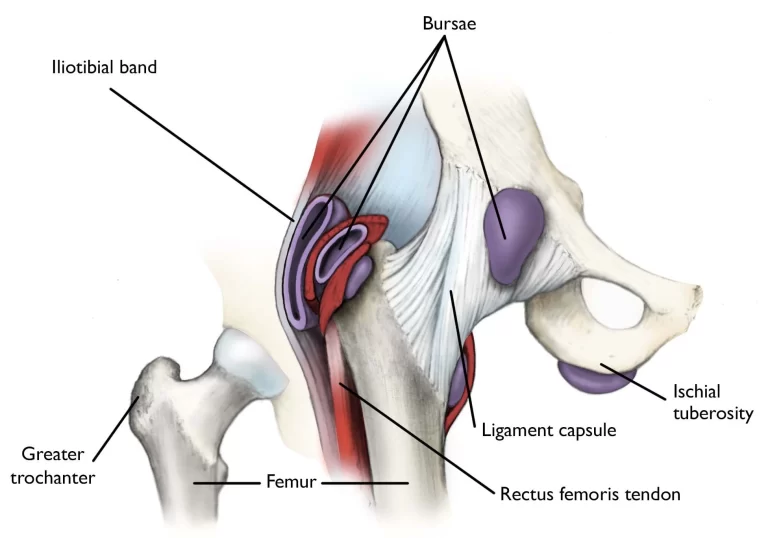Lumbar Spine Injury
Table of Contents
What is The Lumbar Spine Injury?
Injuries to the lumbar spine are acute yet not life-threatening. Early treatment is the most main to the prognosis.
The lumbar spine is found in the lower back under the thoracic and cervical divisions of the spine. It involves 5 (five) vertebrae known as L1 – L5. These lumbar bones (lumbar vertebrae) contain spinal cord tissue and nerves that control communication and join the brain and the legs. Injury to the lumbar spinal cord(LSC) then affects the hips and thigh area and might impact the lower abdominal muscles and thigh flexion as well.
Lumbar spinal cord injuries (SCIs) might be complete or incomplete and might harm one or both sides of the body. As is the patient with more spinal cord injuries, the completeness of the spinal cord injury will control how acute the injury and symptoms will be for the patient.
It is important to understand that the lumbar vertebrae are much different from the upper divisions of the spine because the spinal cord does not increase the entire length of the lumbar spine. L2 is the lowest vertebral part that contains spinal cord tissue. Following that point, the nerve roots out each of the remaining lumbar levels after the spinal cord.
Injuries below this level at the L3, L4, and L5 vertebrae damage to the legs and hips, and might be numbness increasing to the feet are called sciatica. It might also harm the extremity of the spinal cord known as the cauda equina, which is a mass of spinal nerves and nerve roots that innervate the lower lumbar spine to the sacrum.
Where Are the L1-L5 Vertebrae Located?
As a fetus, vertebral segments directly connect to spinal cord segments. As an adult, the spinal column grows longer than the spinal cord & they no longer connect to one another. The spinal cord completes the L1 and L2 vertebrae in adults, forming the conus medullaris. The horsetail-shaped area, which extends past the conus medullaris, is known as the cauda equina.
Lumbar vertebrae anatomy is commonly classified by splitting the lumbar spine into 5 distinct parts. These sections are labeled as the L1-L5 vertebrae. These vertebrae are detected nearby the base of the spine and naturally form a small external curve in the back, just under the ingoing curve of the thoracic spine. The lumbar vertebrae function to contain and cure the end of the spinal cord, along assist the weight of the torso.
Here is a rapid clarification of how the lumbar spinal cord fits in with your lower back anatomy, along with potential symptoms of injuries to many more parts of the lumbar spine.
What is Lumbarization?
While most people have only five(5) lumbar vertebrae, there are cases where someone could have an extra lumbar vertebra. This is called lumbarization. It is normally the outcome of the first and second areas of the sacrum failing to fuse, creating an extra bone in the spinal column.
In the majority of patients, this condition is harmless. still, other people who live with lumbarization might experience lower back pain without knowing why, or maybe others are prone to herniated discs in his/her spine.
What Are the Effects of a Lumbar Spinal Cord Injury?
Injuries to the lumbar spine are acute but not life-threatening. Advanced treatment is important to the prognosis of lumbar spinal cord injury. Patients with a lumbar spinal cord injury (SCI) can be individuals and protection for his/her personal mobility and hygienic requirements. Many patients are able to activity around in their manual wheelchairs and might even be able to walk for short distances. Weakness is the key issue with patients who experience lumbar nerve injuries, so physical therapy is a must in the recovery phase.
Cauda Equina Syndrome (CES), which is usually hard to differentiate from the similarly-located conus medullaris syndrome, affects the lumbar spine and is examined as a medical emergency. Cauda Equina Syndrome(CES) affects the nerves of the lumbar spine, which might cause incontinence and potentially permanent paralysis of the legs. The patient’s symptoms might come on slowly, but once it is diagnosed, it need immediate surgery.
Symptoms of Lumbar Spinal Cord Injury
Patients with lumbar spinal cord injuries might experience:
- Paraplegia with functional independence,
- The requirement of a manual wheelchair for part-time or full-time use,
- Ability to ambulate using braces or more walking devices,
- Lack of control of bowels or bladder.
Symptoms of an L1 Injury
The L1 vertebra is the topmost portion of the lumbar spinal column. This division of the spine includes a portion of the spinal cord. Injuries to the L1 spine can harm hip flexion, cause paraplegia or quadriplegia, loss of bladder/bowel control, and numbness in the legs.
Symptoms of an L2 Injury
The L2 vertebra includes the end of the spinal cord correctly all more spinal vertebrae below this point only have spinal nerves, not the spinal cord. Damages to the L2 vertebra can have effects like an L1 injury [Decreased hip flexion, paraplegia(quadriplegic), and numbness].
Symptoms of an L3 Injury
This is the middle vertebra of the lumbar spine, and the first vertebra to not include a portion of the spinal cord. Normal symptoms of L3 lumbar spinal harm involve numbness, weakness, and lack of flexibility in the legs, hips, and groin.
Symptoms of an L4 Injury
The second to last portion of the lumbar spinal column. While damages to the L4 vertebra tend to be less acute than damages to the spinal cord correct, symptoms involve an incapacity to bend the feet in a specific direction.
Symptoms of an L5 Injury
The L5 vertebra is the final portion of the lumbar spine (at least, it is for most people). Injury to the L5 spinal nerve mass can cause weakness and numbness in the legs, but the level of these symptoms can vary from case to case.
What Are the Causes of Lumbar Spine Injuries?
The very common causes of spinal cord injuries at the lumbar level are:
- Motor vehicle accidents,
- Trauma,
- Falls,
- Birth defect,
- Degeneration,
- Osteoporosis.
Different Lumbar Spinal Cord Injuries
There are various types of spinal cord injury(SCI) that can affect the lumbar spine:
Sacralization
Where lumbarization is the presence of an extra bone in the lumbar spinal column because of the defeat of the 1st and second sacral spine to fuse, sacralization is the fusing of the L5 vertebra with the sacral spine.
This condition frequently has no evident symptoms. In fact, people can live their complete lives without realizing that they have sacralization of their L5 vertebra. When symptoms do occur, they often involve arthritis, decreased range of motion (because of the fused bone), and pain in the legs or buttocks.
Generally speaking, sacralization is very mild. But, it can exacerbate more spinal cord injury types.
Cysts
A few spinal injuries can cause cysts to develop inside the spinal column. These fluid-filled pouches can place pressure on spinal nerves causing pain, a decrease in sensation, or a lack of function in the injured part.
Hopkinsmedicine.org notes that the “joints in the lumbar region” of the spine are separately susceptible to developing spinal cysts. These cysts are most sometimes caused by repetitive motion stress injuries (i.e. carpal tunnel syndrome). Such cysts can be identified utilizing magnetic resonance imaging (MRI) scans, yet most doctors will probably start with an X-ray to rule out other conditions, such as spinal fractures.
Fractures
When the vertebrae guilt the spinal cord or spinal nerves are fractured or dislocated, and bone shards can damage or pinch the spinal nerves or cord. These fractures are very sometimes the outcome of traumatic force such as falls, gunshots, or physical blasts being applied to the spine.
Fractures carry a greater risk of causing complete spinal cord injuries stopping any signals from the central nervous system from reaching below the injury site. As like, all fractures should be handled with extreme caution to prevent the worsening of a lumbar Spinal Cord Injury (SCI).
Treatments for Lumbar Spine Injuries
Current management available for spinal cord patients with lumbar injuries involves:
- Drugs: Non-steroidal anti-inflammatory (NSAID) medicines are used in treating spinal cord injuries. The quicker these medicines are initiated for later injury, the better the outcomes for the patient by decreasing inflammation around the spinal cord.
- Surgery: Surgical decompression of the nerves and joining of the vertebrae is done to decrease pressure surrounding the spinal nerves or haunt the spinal column surrounding the spinal cord injury (SCI). This can assist to restore some function in a person’s lower back anatomy, especially by removing cysts.
- Therapy: Physical therapy is done to encourage strength in the parts that are affected by spinal cord injury, along maintain function in the non-affected area. In certain cases, therapy has helped to restore lumbar vertebrae function in partial Spinal Cord Injuries(SCIs) by assisting people to relearn how to utilize their bodies. Occupational therapy is done to aid in patient aid the patient in learning to function later suffering a spinal cord injury.
It is most important to know that not every spinal cord injury and management will affect a person’s lumbar vertebrae anatomy in a similar method. In certain cases, management might not create any observable improvement in lumbar Spinal Cord Injury(SCI) symptoms. Meanwhile, another person undergoing a similar demand combination of drugs, surgery, and therapy might see a marked improvement.
When dealing with a lumbar spinal cord injury or assisting a loved one to cope it is important to be patient and to take things one day at a time.
It can also assist to look for Spinal Cord Injury(SCI) support groups. These groups are filled with people who have been in the same situations and overcome them and might have great advice for assisting you do the same. They can help recommend mobility assistance solutions, exercise regimens, and others that can assist people living with lumbar Spinal Cord Injuries(SCIs) lead healthy, active, and fulfilling lives.
Medical Management
Management of mechanical back Injury based on the patient’s conditions of symptoms, the patient’s multiple chronic conditions, and the specific symptoms.
First-line nonpharmacologic therapy:
- Acute low back pain involves spinal manipulation, acupuncture, massage, and superficial heat application, while first-line pharmacologic therapy for acute low back pain is nonsteroidal anti-inflammatory drugs and muscle relaxants. According to the clinical guideline by the American College of Emergency Physicians, opioids should not be routine pharmaceutical therapy but saved for those whose pain is severe or uncontrolled with more medications.
- For chronic low back pain, non-pharmacologic approaches were recommended as the first-line agents, involving exercise, tai-chi, yoga, multidisciplinary rehabilitation, spinal manipulation, acupuncture, psychotherapy, low-level laser therapy, and electromyogram biofeedback. Nonsteroidal anti-inflammatory medicines were again the first-line pharmacologic agents recommended, followed by tramadol and duloxetine as the second-line treatments. Recommendations for opioid therapy are only if the previously mentioned therapies failed and based on an individualized decision to decide if the benefit outweighs the risk.
Physical Therapy Management
Education: Interventions that might help in injury prevention
- Stretching exercises at the workplace, appropriate rest breaks, and comfortable modifications. comfortable modifications refer to adaptations in the work environment to decrease the physical stress of the employees.
- Educating patients regarding the importance of maintaining correct posture and correct lifting techniques might help in prevention. Regular physical activity
- Smoking cessation,
- Weight loss for obese patients,
- Resuming normal physical activity (recent studies have a base that continuing normal activities within the limits permitted by the pain leads to another fast recovery than bed rest).
Techniques
Cold Therapy: In the severe phase of a lumbar Injury Cold therapy should be applied (for a short period of up to 48 h)to the affected area to limit the localized tissue inflammation and edema.
TENS and Ultrasound: TENS and ultrasound are often used to assist control pain and reduce muscle spasms.
Stretching: Mild stretching exercises along with limited activity. Stretching Exercises below
- Single and double knee to chest rests down on your back with your knees bent and your heels on the floor. Pull your knee or knees as close to your chest, and hold the pose for 10 seconds. Repeat this 3 to 5 times.
- Backstretch rest on your back, hands above your head. Bend your knees and, holding your feet on the floor, roll your knees to one side, slowly. Rest on one side for 10 seconds and repeat 3 to 5 times.
- Press up and initiate by laying flat on the ground (face down). When doing this exercise it is important to hold the hips and legs relaxed and in contact with the floor. clasp your hands in line with your shoulders. Inhale, then exhale and press up using your hands holding the lower half of your body relaxed. Hold until you require to inhale, then move down, lay flat on the ground to rest, and repeat ten times.
- Kneeling lunge(stretching iliopsoas)
- Stretching piriformis
- Stretching quadratus lumborum
Soft Tissue Manipulation: Soft tissue manipulation was found to decrease pain and improve Range Of Motion(ROM).
- Massage
- Strengthening Exercises: Progression of strengthening exercises should initiate once the pain and spasm are under control. The muscles requiring the most emphasis are the abdominals, mainly the obliques, the trunk extensors, and the gluteals. Placing all of the emphasis on rehabilitation specifically on the damaged muscle is not beneficial. Training core stability is an important part of the treatment of a lumbar strain and for the further prevention of low back pain.
As with all spinal injuries, posture, and body mechanics should be assessed and corrected as required.
Prognosis
A Lumbar strain improves within 2 weeks. Normal functions are restored after 3 – 6 weeks.
FAQs
A lumbar injury is an injury to the lower back. This results in injured tendons and muscles that can spasm and feel sore. The lumbar vertebra makes up the portion of the spine in your lower back.
Most Common spine conditions and injuries involve:
Herniated discs,
Lumbar spinal stenosis,
Scoliosis,
Spinal cord compression,
Spinal nerve compression,
Spinal deformity,
Spinal fractures,
Spinal tumors.
Unfortunately, there is no process to reverse injury to the spinal cord. But researchers are continually working on new treatments, involving prostheses and drugs, that may assist nerve cell regeneration or improve the function of the nerves that remain after a spinal cord injury.
Lumbar Spinal Cord Injury Recovery and Prognosis
The level and length of recovery will be based on which nerves were affected, the severity, and whether the injury was complete or incomplete. While all spinal cord injuries are acute, injuries to the lumbar division of the spinal cord are infrequently life-threatening.
Motor vehicle accidents and catastrophic falls are the very common causes of spinal cord injury(SCI) in the U.S. The rest are due to acts of violence (primarily gunshot wounds and assaults), sports injuries, medical or surgical injuries, industrial accidents, diseases and conditions that can injure the spinal cord, and more or less common.
pain or tenderness (sore to touch) pain that worsens with movement, sneezing, coughing, or laughing. stiffness or difficulty moving. difficulty standing up straight.
More than 90% of cases completely recover from an episode of lumbar muscle strain or sprain within one month. Heat and ice treatment are recommended on an as-required basis at home to treat sudden flare-ups of low back pain, along with anti-inflammatory drugs.
Home treatments may involve the following:
Exercise to get muscles moving. It can be tough to get up and move when back pain strikes,
Improve posture. Poor posture can result in general lower back pain,
Use heat and cold,
Stretch,
Apply a pain-relief cream,
Try massage,
Try Arnica,
Switch shoes.

